A major part of converting to dairying is having the farm well laid out with roadways to make moving cows from the parlour to their paddocks, and back, as efficient as possible. New roadways can be expensive and add significantly to the cost of converting.
Here, we feature a Connacht farmer who is a new entrant to dairying and is in the process of installing a farm roadway using stone from his own quarry and making a significant saving in doing so.
Picture 1
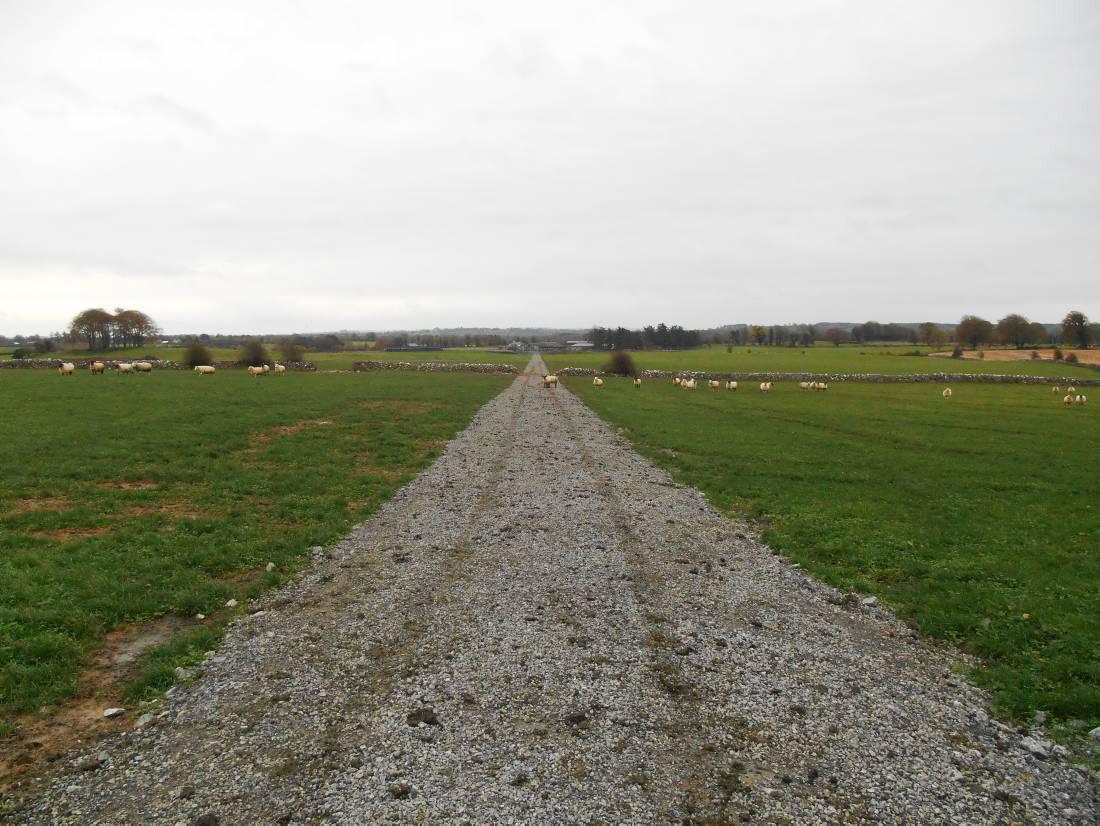
The new roadway that will be a highway for milking cows in a year’s time stretches over 2km. The road was mapped out by Grasstec to place it on a route that will minimise the amount of time the cows spend walking.
Grasstec also mapped out the paddock sizes. Fencing and water infrastructure will be carried out by the farmer himself to reduce costs. He plans to position the roadway fence on the road edge to avoid the weeds that tend to grow under the fence wire when there is a grass margin between the fence and the roadway.
Picture 2
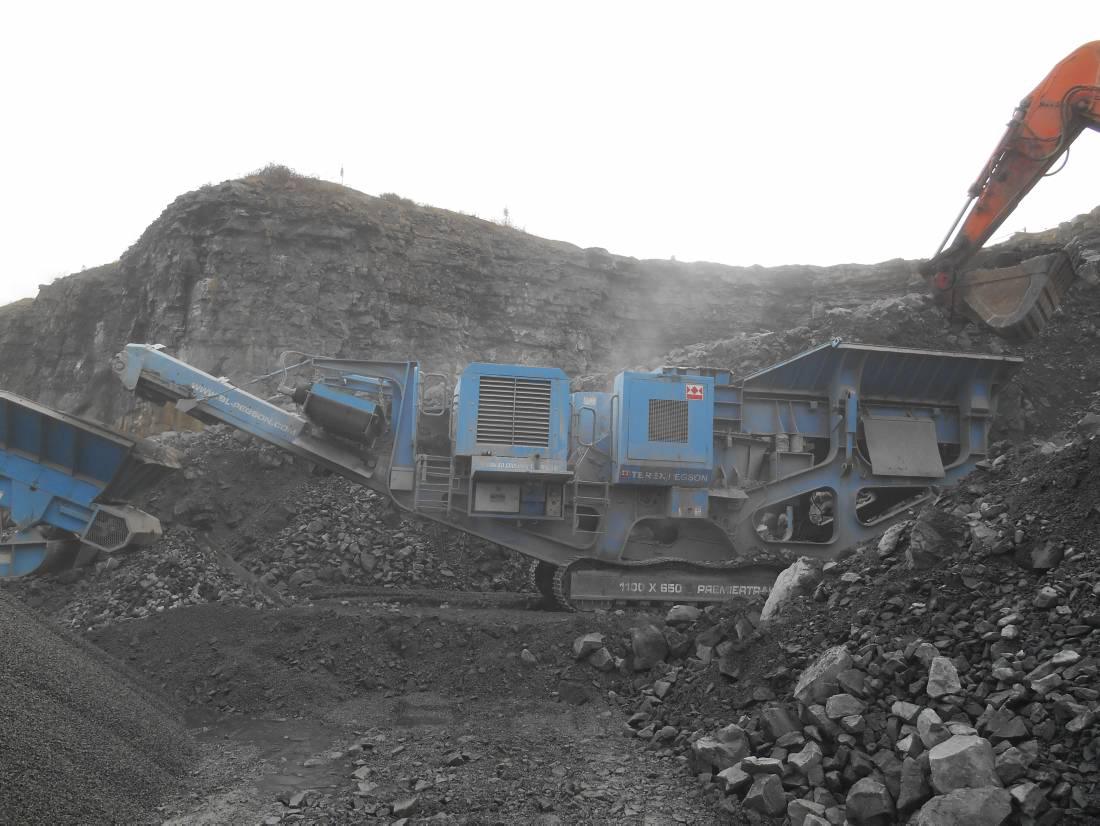
This is the Terex Pegson primary crusher that was brought on site by Gannon Brothers of Creggs, Co Galway, to crush the stone. It is 50t in weight and has its own tracks to aid mobility. A low-loader is used to transport the crusher between farms. The crusher – pictured in another quarry – is controlled by remote control and can move at a speed of one mile per hour.
The slow forward speed means that the quarry needs to be easily accessible for a low-loader to reduce the time spent driving the crusher to its working position. A digger with a rock breaker attachment was used to break large chunks of rock from the quarry face two days before the crusher came to the site. This was because, without the stockpile, the rock breaker would not be capable of keeping the crusher fed. The rock breaker breaks up approximately 400t to 500t of rock per day, while the crusher would go through 150t/hour to 200t/hour.
Another digger loaded this rock into the crusher hopper.
The crusher can take rocks as big as 25in diameter. When rock passes through the crusher, it is broken into 4in down material that was used as the base material. When enough of the 4in down material was made (2,200t), a second crusher – a cone crusher – came on site. This is 30t in weight and can only take 4in of downsized stone in its hopper. This crusher produces material called ‘‘804’’, which is 17mm to 20mm in diameter.
The two crushers were set up to have the primary crusher feeding directly into the cone crusher, which made the job efficient.
A third digger was on site loading the material coming from the crushers into a dumper in which it was brought away and tipped along the track of the new roadway. The crushers can use up to two litres of diesel per tonne of stone produced.
Picture 3
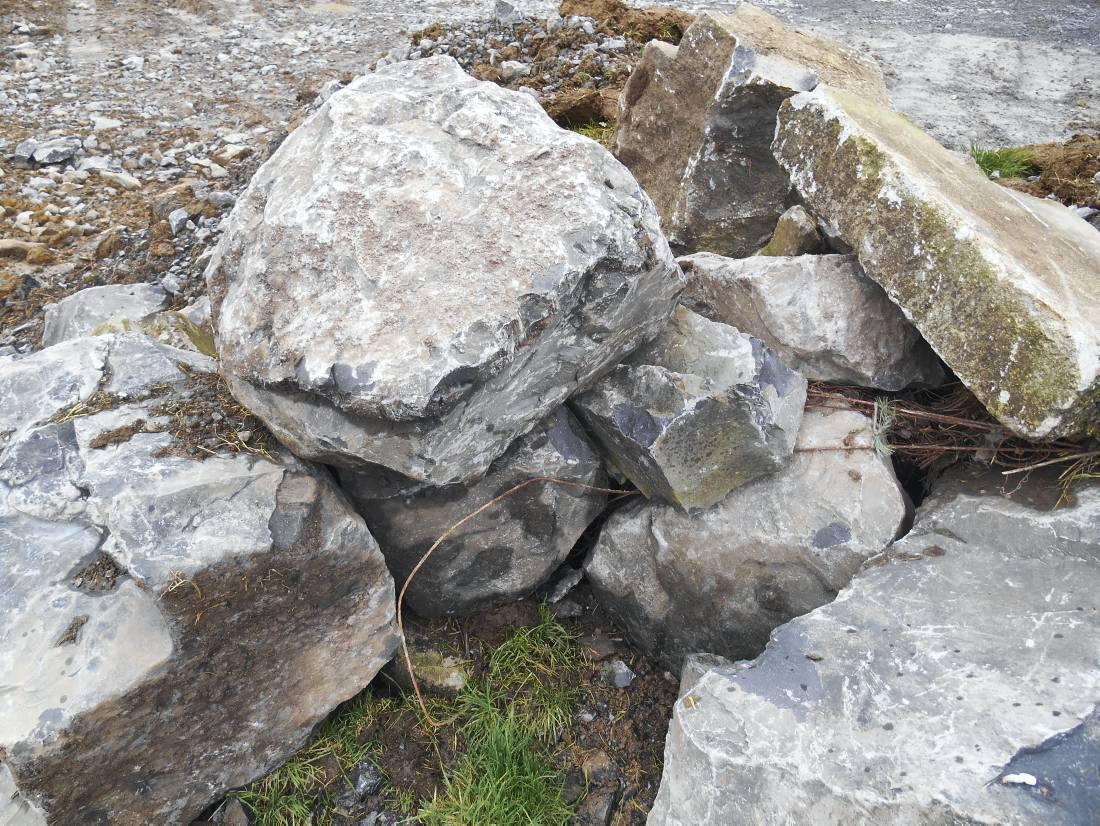
Large limestone rocks were loaded into the crusher. These rocks were broken away from the quarry face with a rock breaker.
Picture 4

This is the 4in material that was used for the base of the road. Four inches of topsoil was removed and this material was then put in to give a solid base to the road. The topsoil removed was brought back to the quarry and will be used to cover over the quarry area.
Picture 5
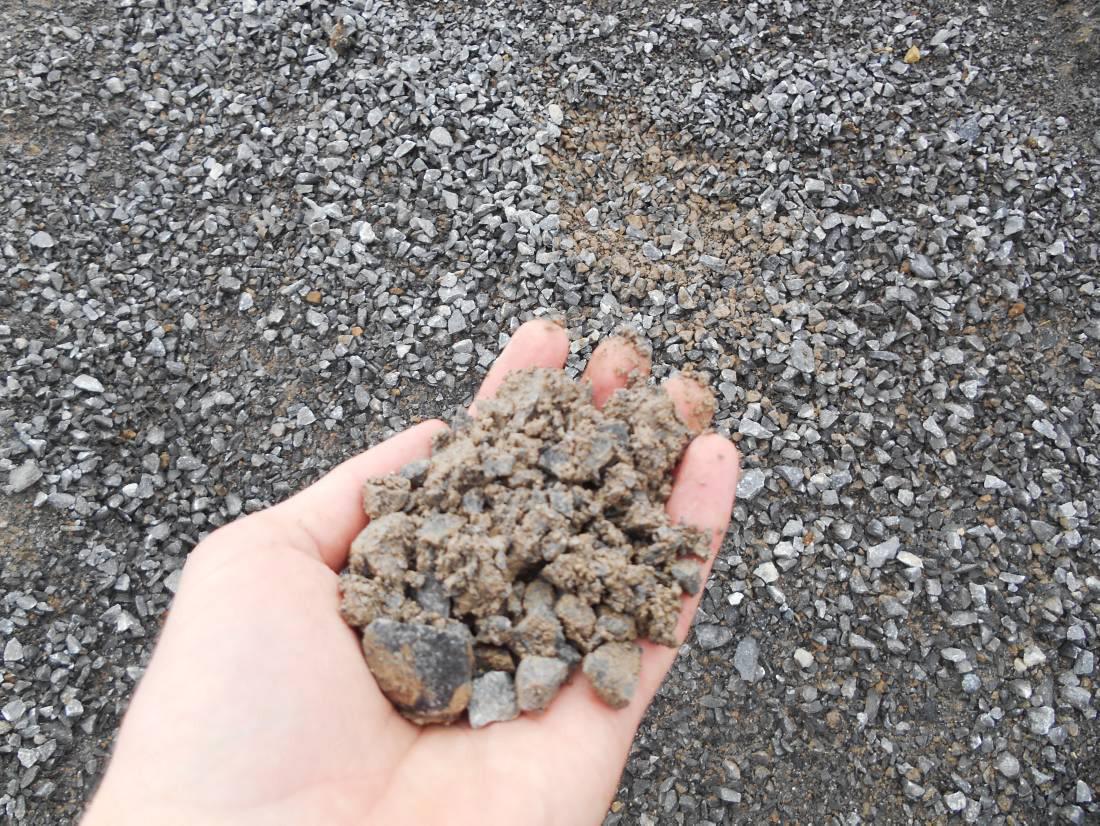
The 804 that came from the cone crusher and used to cover the roadway. This material is fine with a good quantity of dust and can be used as the finished surface. The farmer might top it off with a dustier material closer to the time cows will be on the roadway.
With all of this material in, the road is 6in in depth and is 2in above ground level, which prevents flooding.
Picture 6
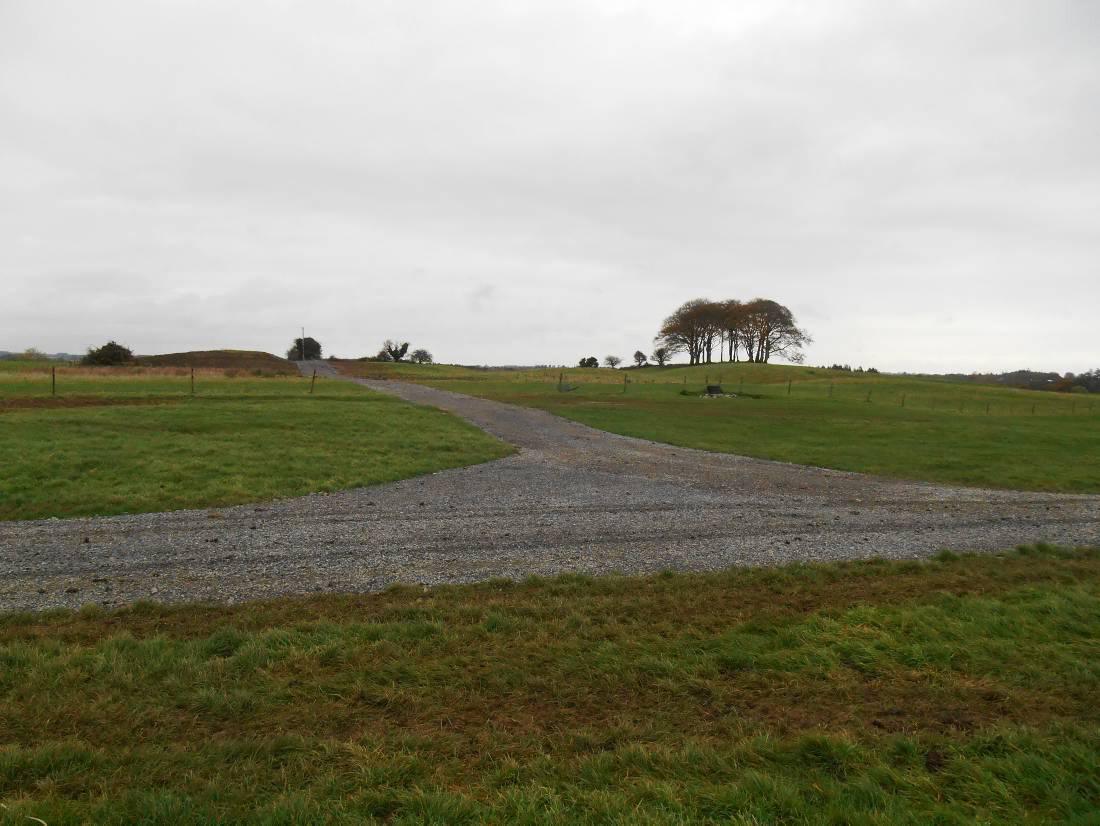
There is one bend in the road and this is kept gentle to ensure that cows don’t slow or bunch. The road was also made wide here.
Picture 7
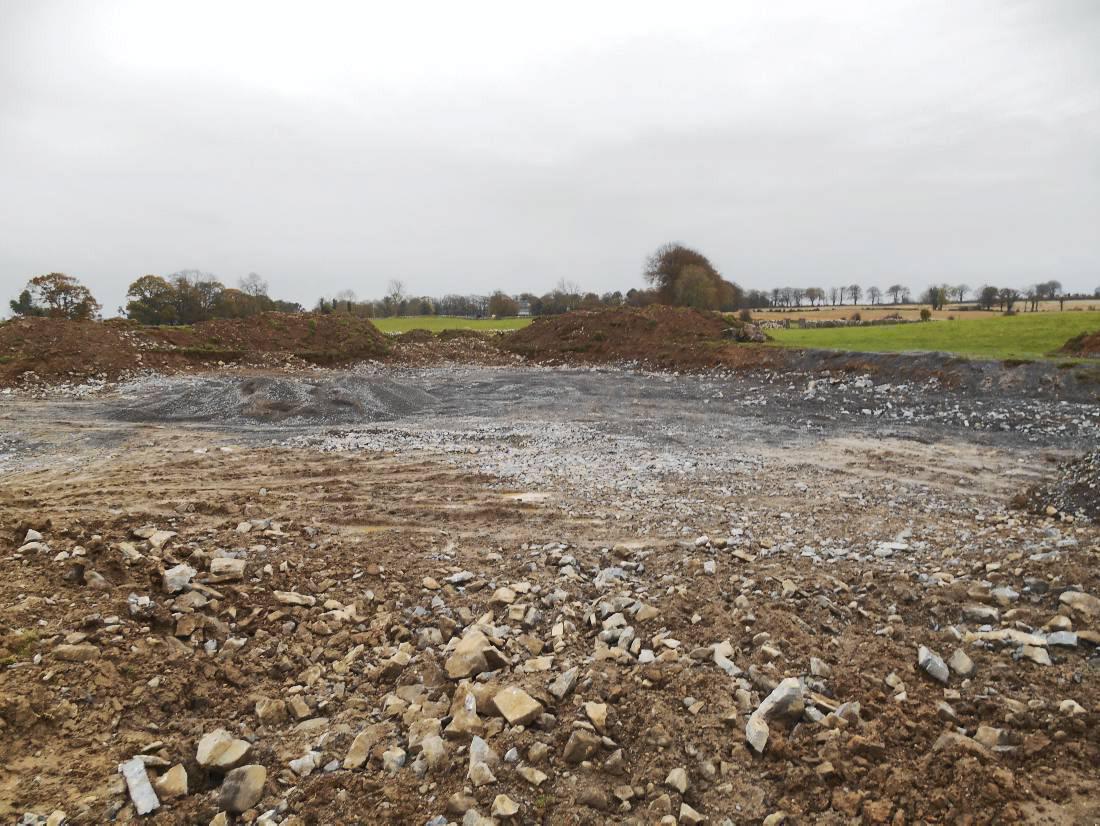
This quarry produced 3,000t of stone, which covered the 2km of roadway. The quarry has been levelled off with stone since the work was done.
The topsoil removed from the new roadway will be used to cover this area and it will be put back into grass.
The project was very cost-effective and showed what farmers can save if they have an asset, such as a quarry, on their own land.
Alan Gannon said: “The crusher spent a week on the farm and, in total, it costs €4/t, plus 13.5% VAT, to produce the material. If the farmer had to buy the material himself from a quarry, it would cost €7.50/t to 8/t, plus vat at 23%. To buy the fine 804 material from a quarry, it would cost €8/t to €12/t, plus VAT. Farmers get the VAT back.
“At times, it can cost more to crush finer material but because the farmer had a good quantity of stone on site, we went with a flat-rate price,” he said.
“In total, the farmer saved €11,700 by having his own stone crushed rather than buying it in from outside.”
Gannon Brothers Ltd does a range of contract stone crushing nationwide. Alan Gannon can be contacted on 087-253 8168.
Note: The costs of carrying out this type of project may have changed since this article was first published in the Irish Farmers Journal in November 2014.






 This is a subscriber-only article
This is a subscriber-only article











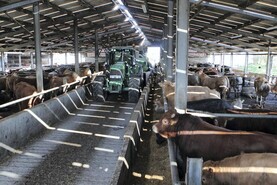
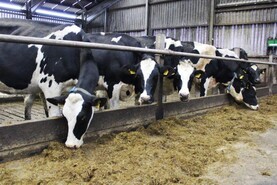
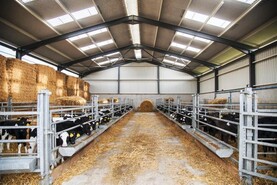

SHARING OPTIONS: